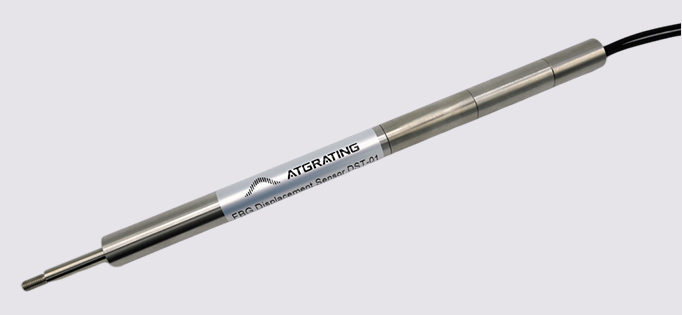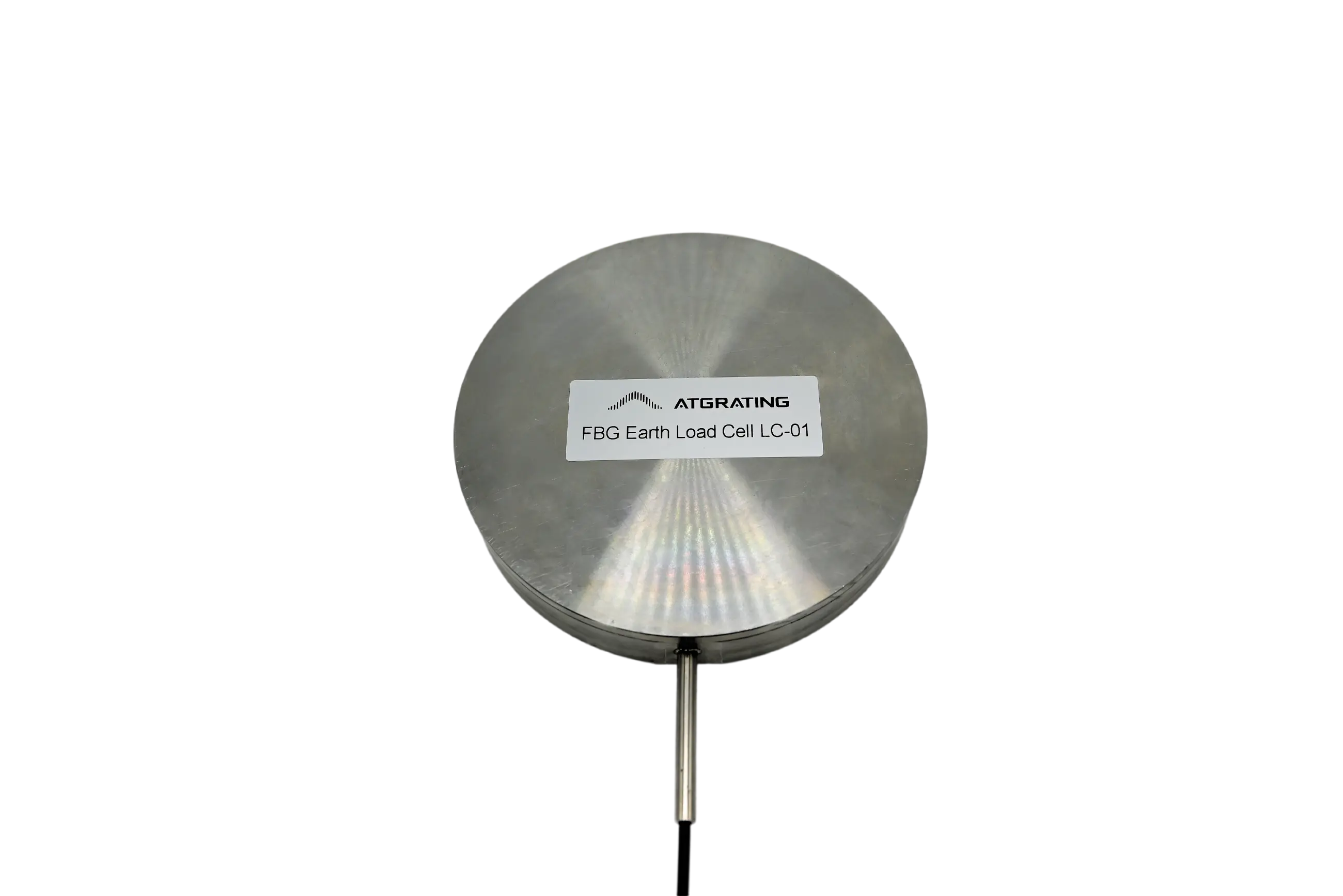Fiber optic sensing technology originated in 1977 and developed rapidly with the development of fiber optic communication technology. Fiber optic sensing technology is an important indicator for measuring a country's level of informatization. Fiber optic sensing technology has been widely used in military, national defense, aerospace, industrial enterprises, energy conservation and environmental protection, industrial control, medicine and health, measurement and testing, construction, household appliances, and other fields, and has a vast market. There are already hundreds of fiber optic sensing technologies in the world, such as temperature, pressure, flow rate, displacement, vibration, rotation, bending, liquid level, speed, acceleration, sound field, current, voltage, magnetic field, and radiation, which have achieved different performance sensing.
Light intensity modulation is a relatively simple and widely used modulation method in fiber optic sensing technology. Its basic principle is to use the disturbance of the external signal (measured) to change the intensity of the light (broadband or specific wavelength of the light) in the fiber (i.e., modulation), and then measure the change in output light intensity (demodulation) to achieve measurement of the external signal.
Optical phase modulation refers to the external signal (measured) making the phase of the light wave propagating in the fiber change according to a certain rule, and the change in the optical phase reflects the measured external quantity. There are three main types of optical phase modulation used in fiber optic sensing technology. One type is functional modulation, in which the external signal causes changes in the geometric size and refractive index of the sensing fiber through the stress-strain effect, thermal strain effect, elastic-optical effect, and thermal-optical effect of the fiber, thus causing changes in the optical phase of the fiber to achieve phase modulation. The second type is Sagnac effect modulation. The external signal (rotation) does not change the parameters of the fiber itself, but rotates the circular fiber in the inertial field to produce corresponding optical path difference between the two beams propagating in opposite directions to achieve phase modulation. The third type is non-functional modulation, which achieves modulation of the optical phase in the sensing fiber by changing the optical path difference of the light waves entering the fiber outside the sensing fiber.
Polarization modulation refers to the external signal (measured) causing regular deviation (rotation) or birefringence of the polarization plane of the light waves in the fiber by a certain method, resulting in changes in the polarization characteristics of the light. By detecting the changes in the polarization state of the light, the external measurement can be measured.
The external signal (measured) changes the wavelength of the transmitted light in the fiber by selecting frequencies or filtering, and the measured wavelength changes can be used to detect the measured quantity. This type of modulation method is called optical wavelength modulation. The main methods used for optical wavelength modulation are optical frequency selection and filtering. The traditional method of optical wavelength modulation mainly includes interference filtering, Lyot polarization birefringence filtering, and various displacement-type spectral selection and other external modulation technologies. In the past 20 years, especially in recent years, the rapidly developing fiber optic grating technology has opened up new prospects for functional optical wavelength modulation technology.
Optical frequency modulation refers to the external signal (measured) modulating the frequency of the light wave transmitted in the fiber, and the frequency shift reflects the measured quantity. The multi-Doppler method is currently used more frequently, in which the external signal modulates the frequency of the light wave in the receiving fiber through the Doppler effect, which is a non-functional modulation.

